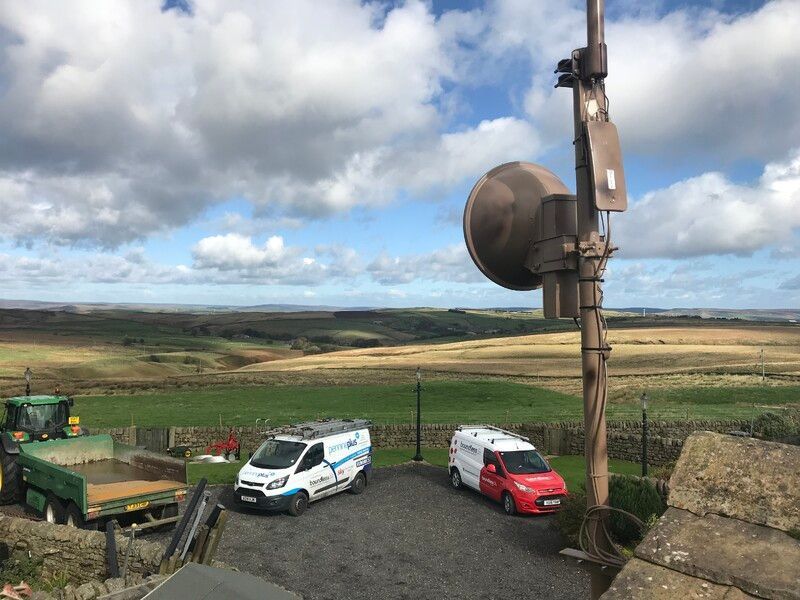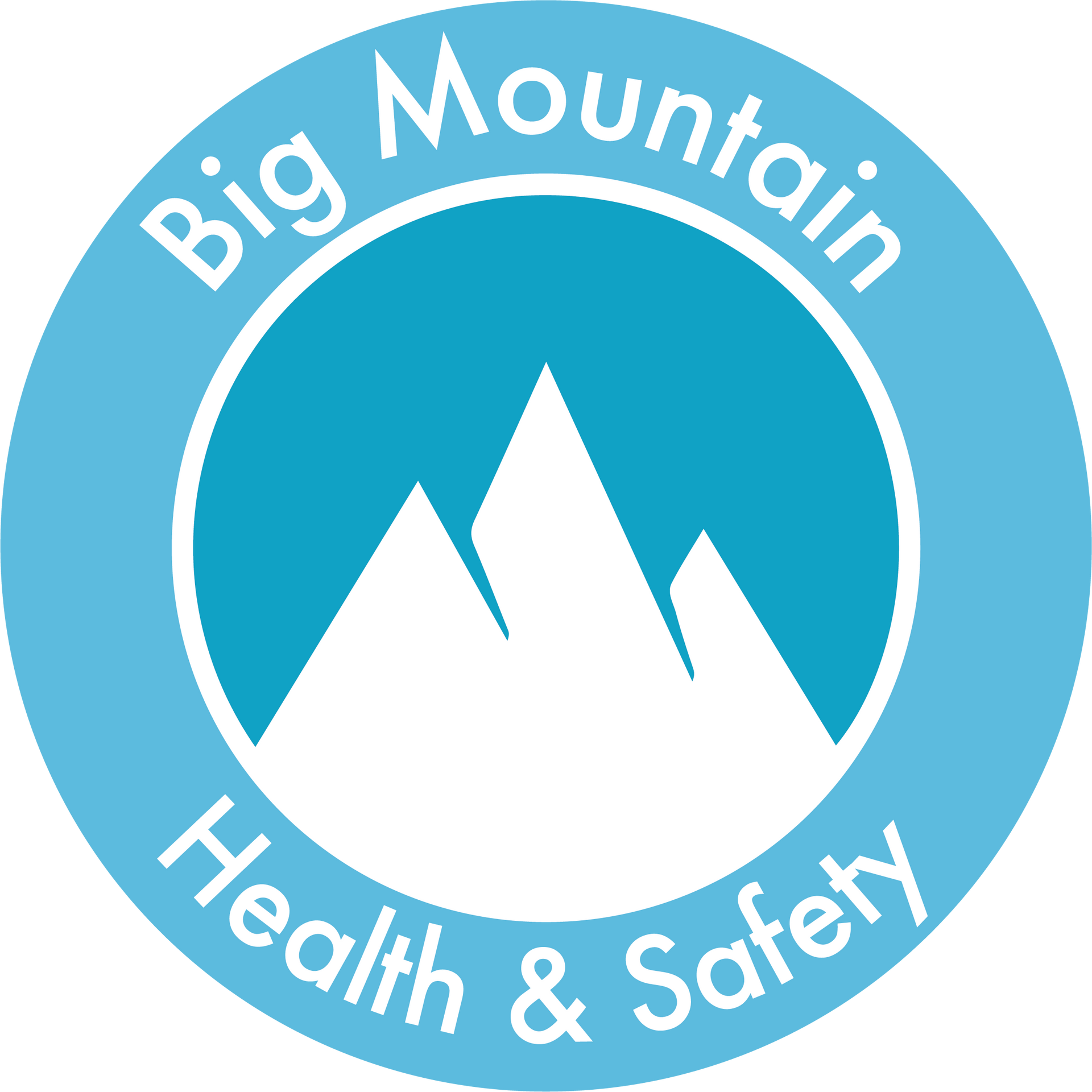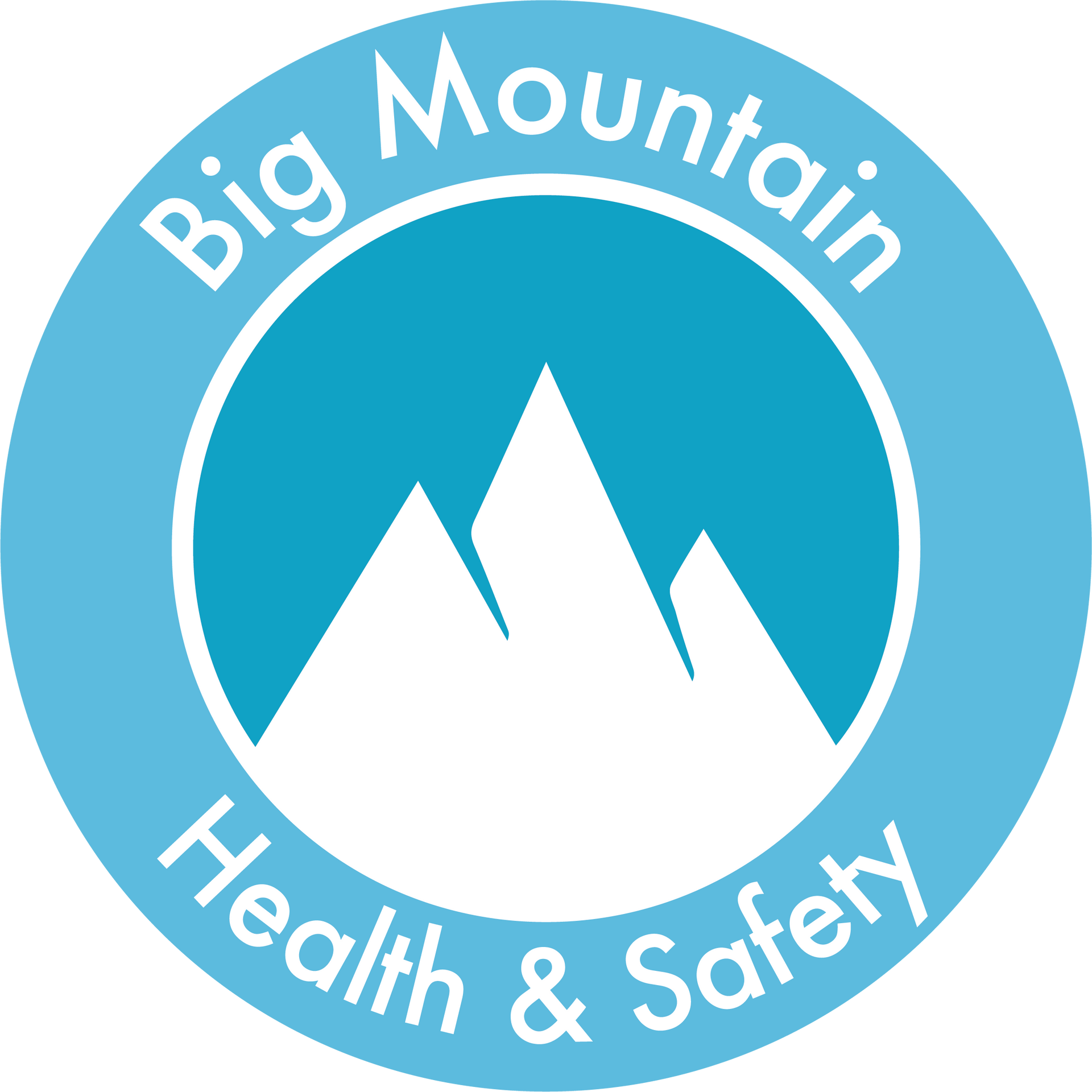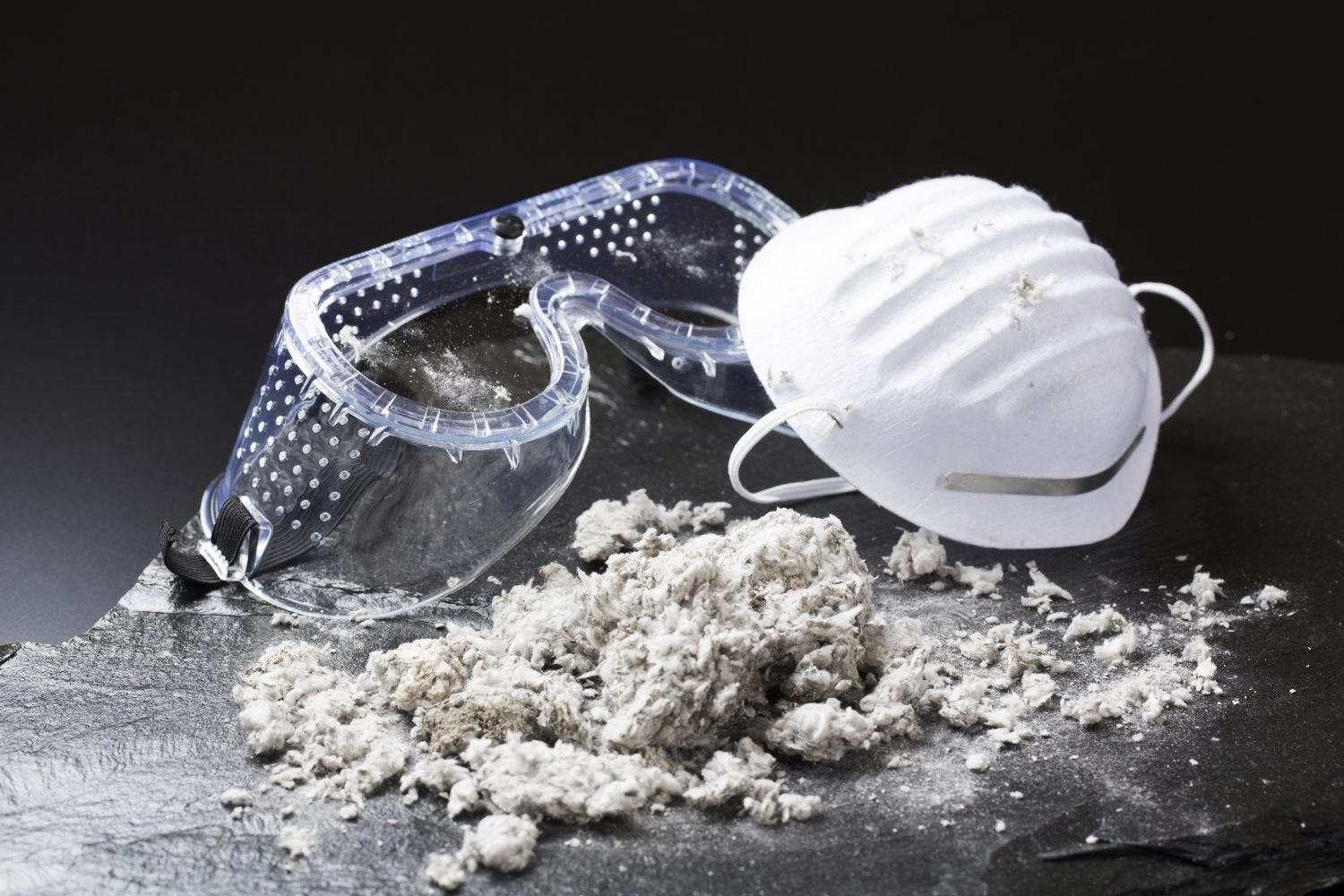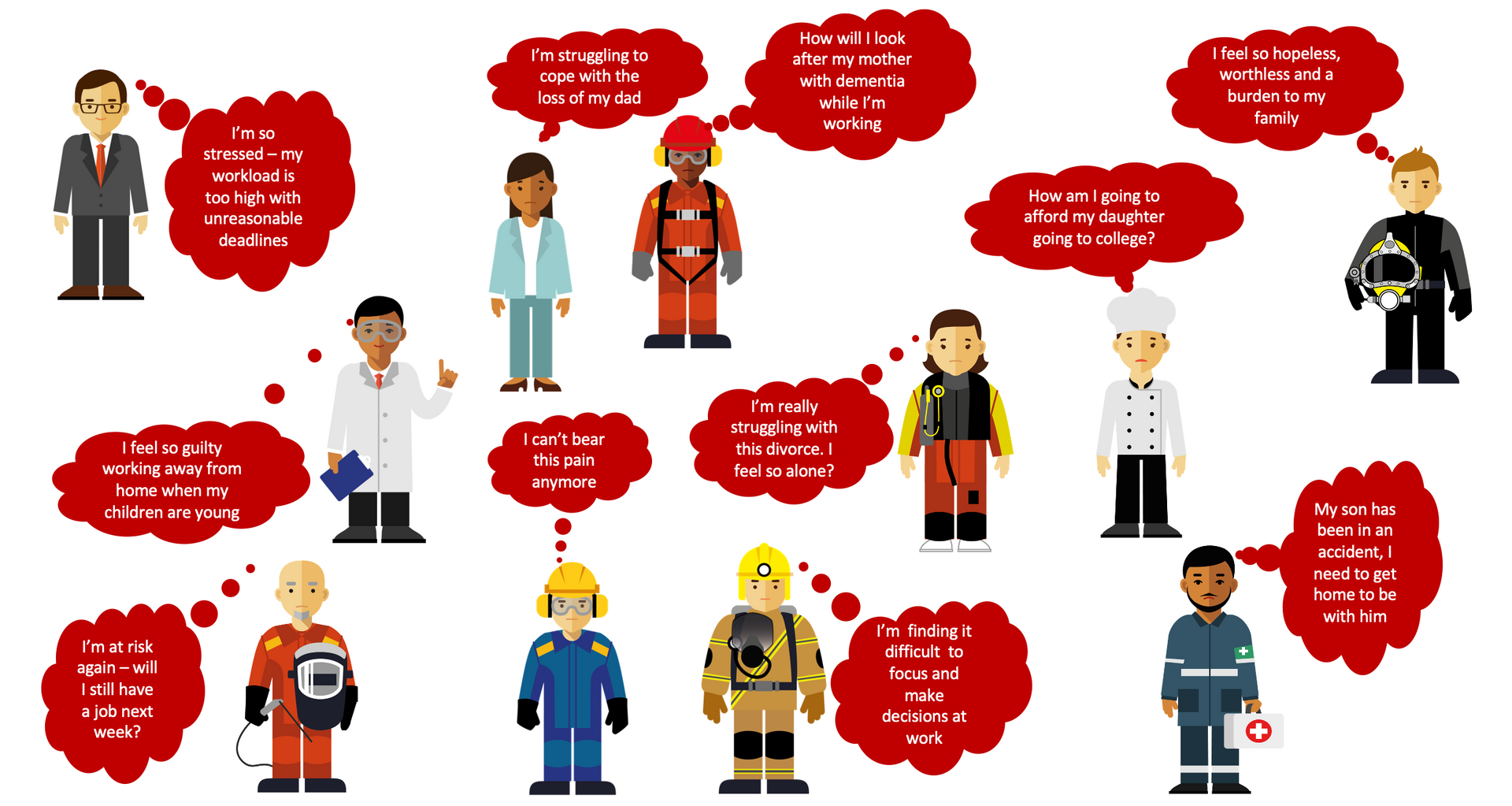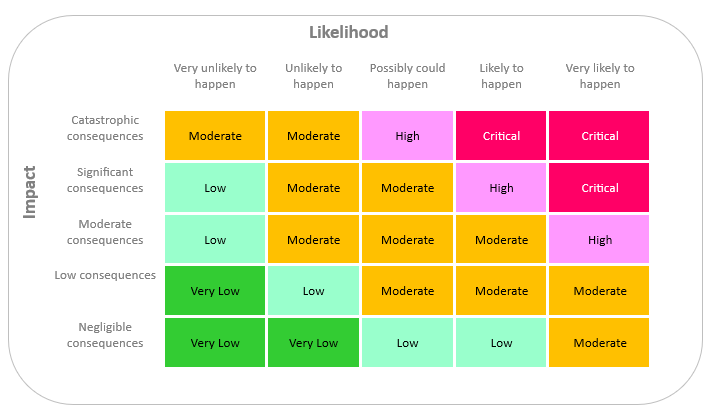Is your business prepared for emergencies?
When was the last time you carried out a First Aid Risk Assessment?
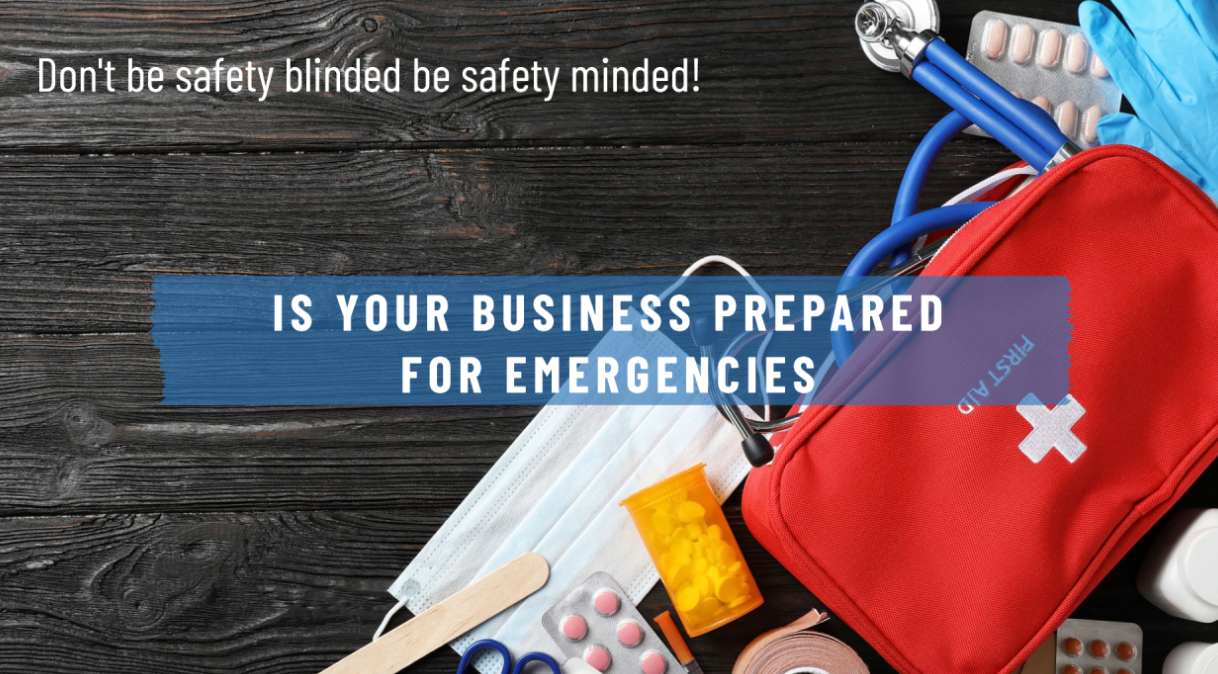
I hope the following is useful and please do reach out to me if you need help risk assessing your first aid requirements.
What is the legal requirement for first aid at work?
The Health and Safety (First-Aid) Regulations 1981 require employers to provide adequate and appropriate equipment, facilities and people to ensure their employees receive immediate attention, if they are injured or taken ill at work.
To work out how many first aiders you need and what type of training they require you will need to carry out a first aid needs assessment.
First Aid Needs Assessments
Conducting a first aid needs assessment will identify what type of first aid training your first aiders will need, how many first aiders you need and where they should be located.
There is no requirement for the assessment of first aid needs to be formal or written down although it may be useful for employers to record the results and employers might need to justify their level of first-aid provision.
How much first-aid provision an employer has to make depends on the circumstances of each workplace.
A first aid needs assessment should consider the following:
- the nature of the work and workplace hazards and risks
- the size of the organisation
- the nature of the workforce e.g. are there any employees with disabilities or particular health problems?
- the organisation's history of accidents
- the needs of travelling, remote and lone workers
- work patterns
- the distribution of the workforce
- the remoteness of the site from emergency medical services
- employees working on shared or multi-occupied sites
- annual leave and other absences of first aiders and appointed person
- first-aid provision for non-employees
The two levels of First Aid Training
- Emergency First Aid at Work (EFAW) - 1-day course.
- First Aid at Work (FAW) - 3 -day course.
You also need to keep up fresher training inline with the training providerr or awarding body recommendations.
Suggested Numbers of First Aid Personnel
The table below illustrates the suggested number of first aid personnel to be available at all times people are at work. So remember to think about shifts, illness, maternity, paternity and holiday cover.
Accidents
It is important that all accidents are recorded either in a traditional Accident book or a digital alternative. The accident may also be reportable under the Reporting of Injuries, Diseases and Dangerous Occurrences Regulations. See HSE R.I.D.D.O.R guidance for further information.
You should also investigate the accident to find the root cause and put controls in place to reduce the risk of a reoccurance. This includes a review your risk assessments and communicate any changes to your employees.
Housekeeping
You should also appoint someone to check current First Aid Kits that are deployed in your business, this includes vehicles and or onsite kit bags. You are looking for:
- Are the kits complete.
- Are they sufficient for the risks. Do you need a burns kit, outdoor level kit, eye wash?
- Are items in date? If they are out of date then they should be replaced to ensure steralisation.

